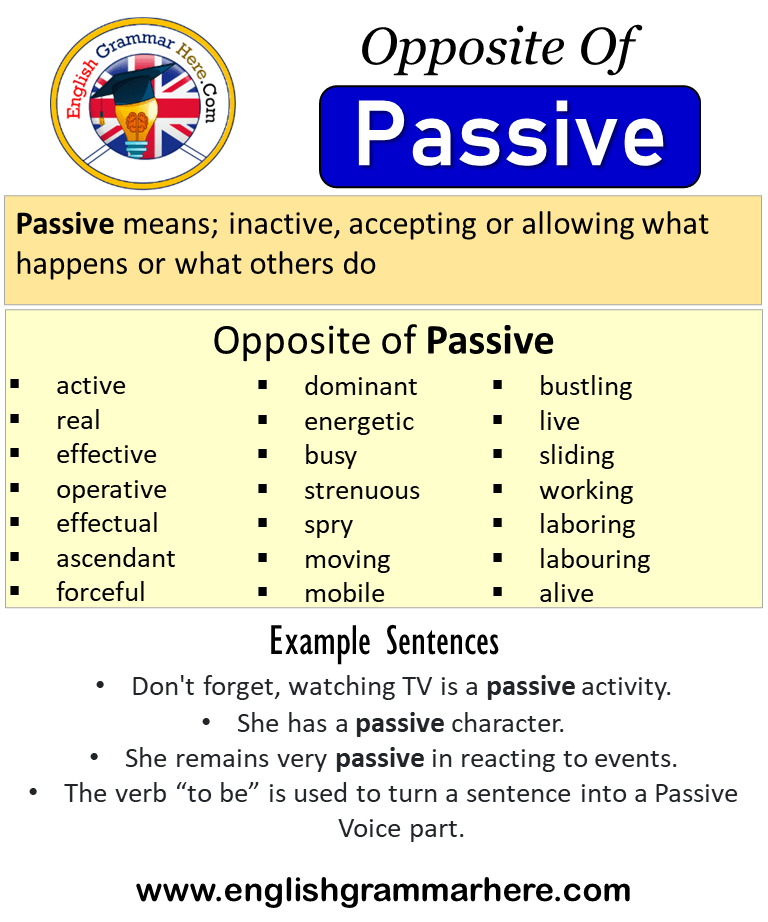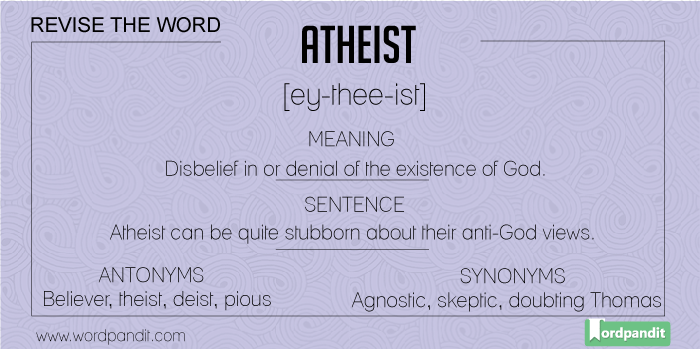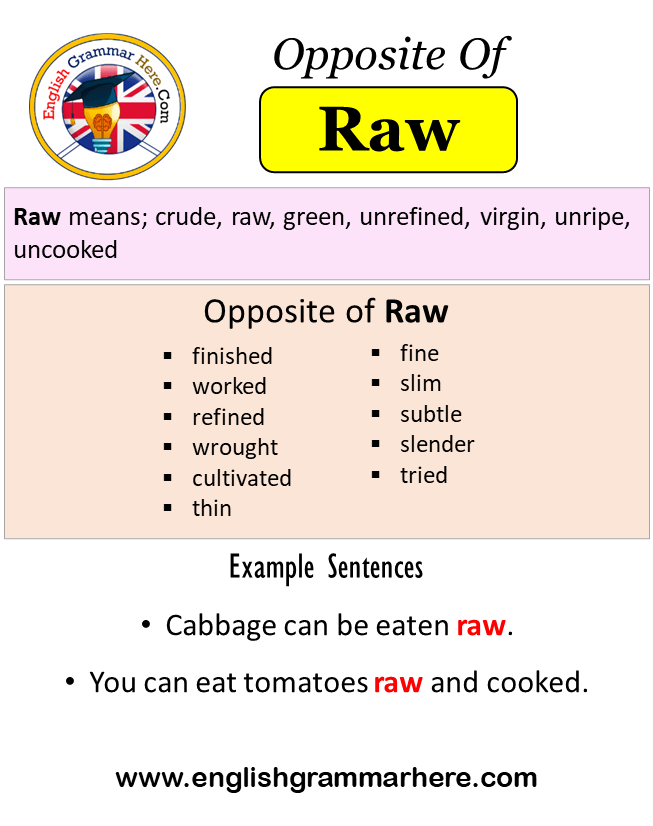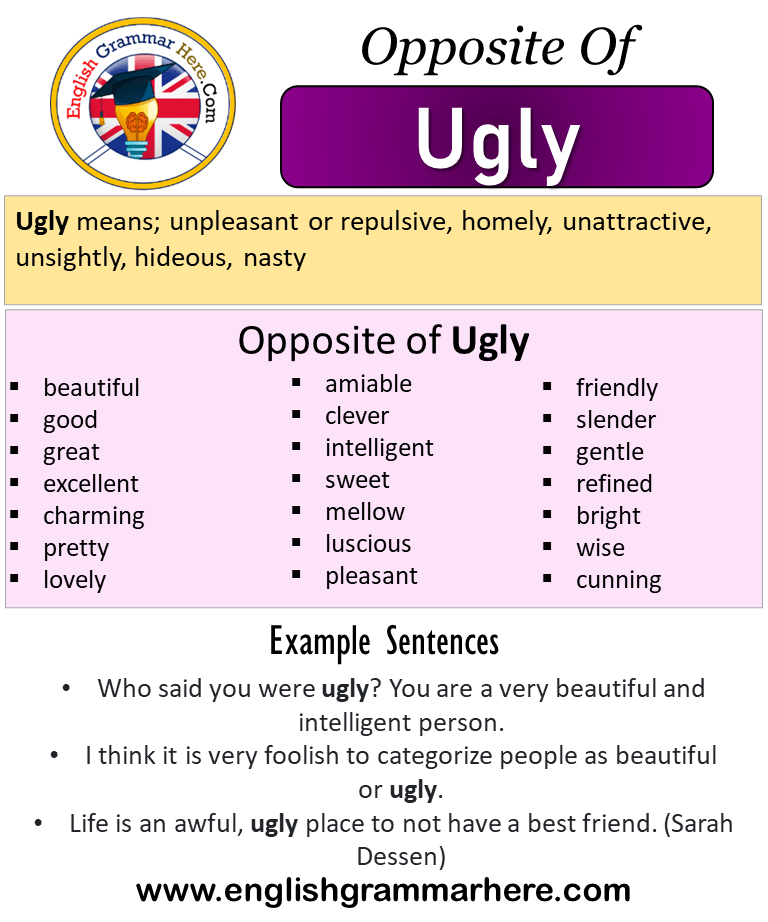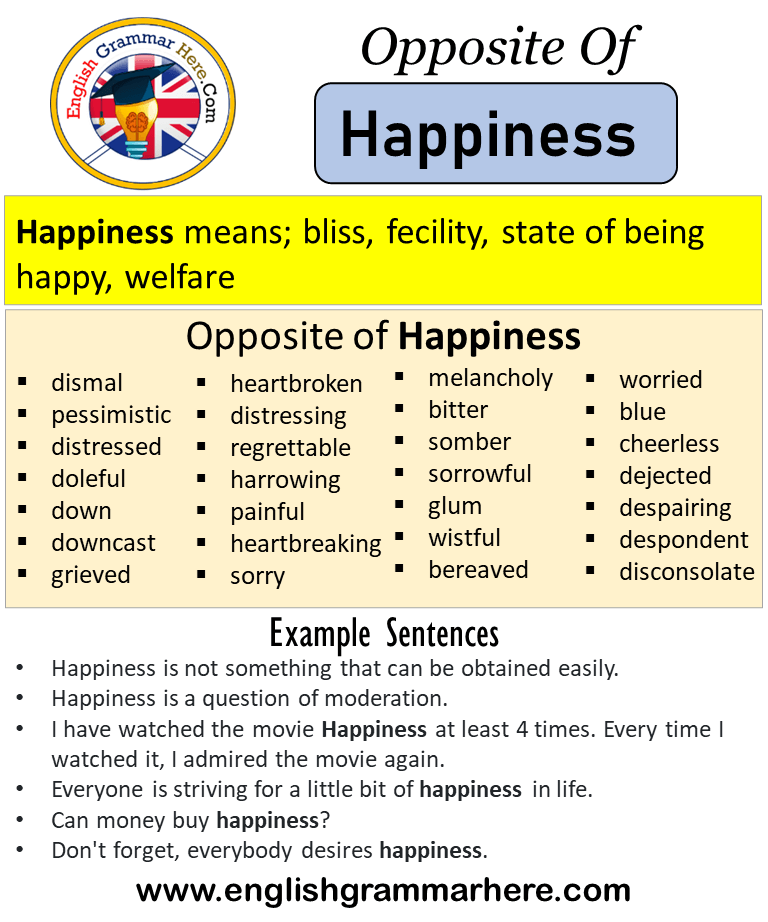Graded antonyms are pairs of words with opposite meanings which are on a continuous spectrum. Some examples of graded antonyms are hard and soft, best and worst, wet and dry. Complementary antonyms are contradictory, something is either one or the other without any degree of differentness. Some examples of complementary antonyms are push and pull, on and off, in and out.
The third category of antonyms is relational antonyms, which are word pairs in which there is context between the two words. Both of these words must exist in order for them to be considered the opposite of something. Some examples of relational antonyms are husband and wife, teacher and student, predator and prey. An antonym is one of a pair of words with opposite meanings.
Each word in the pair is the antithesis of the other. There are three categories of antonyms identified by the nature of the relationship between the opposed meanings. Where the two words have definitions that lie on a continuous spectrum of meaning, they are gradable antonyms. Where the meanings do not lie on a continuous spectrum and the words have no other lexical relationship, they are complementary antonyms. Where the two meanings are opposite only within the context of their relationship, they are relational antonyms. The term antonym is commonly taken to be synonymous with opposite, but antonym also has other more restricted meanings.
Graded antonyms are word pairs whose meanings are opposite and which lie on a continuous spectrum . Complementary antonyms are word pairs whose meanings are opposite but whose meanings do not lie on a continuous spectrum . Relational antonyms are word pairs where opposite makes sense only in the context of the relationship between the two meanings . Pairs of relational antonyms are often considered as a third type. However, they are really a subcategory of complementary antonyms.In this type of antonymy, there is a relationship in which the two opposites must both exist.
For example, if someone is selling, there must be someone buying. There are three characteristics of gradable antonymy. Firstly, as the name suggests, they are gradable.
The members of a pair differ in terms of degree. If something is not A, then it is not merely B, it can be C or D or E or etc. To make them become super, they can be modified by "very". And they may have comparative and superlative degrees.
Sometimes the intermediate degrees may be lexicalized. They may be expressed by separate words rather than by adding modifiers. For example, the term for the size which is neither big nor small is medium. And between the two extremes of temperature hot and cold, there are warm and cool, which form a pair of antonyms themselves, and may have a further intermediate term lukewarm. Oddly enough, to better understand the meaning of a word, we can take a look at its antonym, or opposite meaning.
Most dictionaries provide synonyms and antonyms, as well. In conclusion, according to Palmer , the core of antonymy is the oppositeness of meaning, whether it is in gradable or complementary or relational, even in multiple form. With gradable and complementary, one may say A is good without presupposing B. It means that a matter with A has nothing to do with B. However, when one talks about relational antonymy, it must be always two sides. If she is a parent, then she has already had a child/children.
Similarly, one cannot simply say "He is a son" without mentioning his parents. Now, some people may argue that we can say "He is a child". The word child here means "somebody under the age of 18". When a man is above 18, he is no longer a child.
In contrast, used in the sense of child opposite to parent, a man is always a child to his parents. Even when he is 80, he is still a child to his father and mother. Another word which may cause some trouble is teacher.
So, one can say "He is a teacher", as against any other occupation, such as journalist, writer, actor, musician, or doctor. In the sense opposite to student, however, a man is a teacher only to his students. Context clues can also help when a word has more than one meaning.
Some simple examples are "bank," "live," and "rose." Context clues allow us to choose the specific meaning the author intended for that word, at that time. If you're reading about a bear racing through the woods, for example, and he climbs a bank, context clues tell you it's a mound of dirt, not a place where people keep their money. Semantics is a branch of linguistics which studies about meaning in language.
Shortly, semantics concerns the study of meaning. There is relation among a word and the other words in semantics. Basically, the principle of meaning relation consists of four major fields, such as synonymy, antonymy, polisemy, and hyponymy. Synonymy concerns the sameness of meaning, while antonymy concerns the oppositeness of meaning. The focus here is on antonymy which has a sense of relation, as well as synonymy. Sense is the meaning of word, especially the conceptual meaning in which it is usually derived from definition of the lexical items which can be found in dictionaries.
Basically, a synonym is the opposite of an antonym. It is very important to know synonyms and antonyms of words when you are learning a language. Especially, they help us to expand our vocabulary and avoid repetition in our writing and speech. Moreover, dictionaries and thesauruses often help us to find synonyms and antonyms. Hopefully, the above examples have made the meaning of complementary and binary pair antonyms much clearer.
To remember which antonyms are complementary and binary pairs, ask yourself if both can be true – if they can't, then they are complete opposites and are complementary and binary pairs. Relational antonyms do not denote lexical opposites, but group pairs of words that are antonymous when set in relation to each other. Those antonyms can not be graded either, and negation does not automatically create the opposite meaning of the antonym.
With complementary antonyms, thee is no continuous spectrum given. The pair of words conveys a direct opposite in meaning. They can not be graded, or set in perspective, A person, condition, etc. is either one, or the other. Antonyms are two or more words that have opposing meanings.
We will look at the different types of antonyms, where the word antonym came from, a few examples of antonyms and some examples of the word antonym used in sentences. Gradable antonyms are pairs of words with opposite meanings that lie on a continuous spectrum. For example, if we take age as a continuous spectrum, young and old are two ends of the spectrum. Similarly, if we take temperature as a continuous spectrum, hot and cold are two ends of the spectrum. This type of opposition can be met in qualitative adjectives and their derivatives, e.g. beautiful- ugly, to beautify — to uglify, beauty — ugliness. It can be also met in words denoting feelings and states, e.g. to live — to die, alive — dead, life — death.
Antonyms are an important word type to use in almost any form of writing. Many people though, don't actually understand what an antonym is. Most people would be surprised to hear that they probably use antonyms all of the time without realizing it though. This guide will take you through what an antonym is, how it is used in writing, and give you some of the reasons why learning antonyms is important in any type of writing. Converse antonyms are pairs of opposites where one cannot exist without the other.
For example to have a husband, you must have a wife. Therefore, husband and wife are complementary antonyms. An example for relational antonyms are pairs like come and go or husband and wife. When put in relation to one another, these pairs form antonyms. In marriage, the opposite of the wife is the husband.
Note that sometimes in literary work, these antonyms can be used differently. For example, in my above sentence "You scared me half to death," there is no area between alive anddead. However, this is a common expression and you often see gradable pairs used in this manner. Complementary pairs, also called binary pairs, are antonyms that have no gray area between then.
These are a complementary pair because there is no space between dead and alive. Since the English language is so complex, people may disagree about which words truly have opposite meanings. With the examples of antonyms listed below, we try to clear that up and offer some tactics for choosing the most appropriate word every time. The third, very often one is marked and the other unmarked of gradable antonymy.
The unmarked member is more neutral than the marked one and it is used in questions of degree. " Thus old and long are the unmarked members of old/young and long/short. Of the antonymous pair hot/cold, hot is unmarked and cold marked.
In the same fashion, big is unmarked and small marked; tall is unmarked and short unmarked. Synonyms are words with similar meanings, while antonyms are words with opposite meanings. Thus, this is the main difference between synonyms and antonyms.
Importantly, both help us to expand our vocabulary and avoid repetition in our writing and speech. Furthermore, there are three types of antonyms as gradable, complementary, and relational antonyms. If you can help your child understand what they are, and how they work, she'll have an ever-ready tool kit to use whenever she's reading and finds herself stumped by an unknown word. Context clues are hints – or "clues" – to the meaning of a word that are quite literally hidden in plain sight, right there in every reading passage you or your child has ever encountered.
Context clues are hints in the passage, paragraph or individual sentence that, if considered, can tell you the meaning of a word you are not familiar with. Sometimes even the title of a piece or the illustrations that come with it offer context clues, as well. But, because good and bad are opposites at the end of the scale, they are gradable antonyms. In order to better understand antonyms, let's take a look at what the word 'synonym' means. A synonym is a word that has a similar meaning to or exactly the same meaning as another word.
Understanding and using antonyms can improve our writing skills and vocabulary knowledge. It takes a little extra time to look up new words, but the results are well worth the effort. A word may have more than one antonym, just as a word may have more than one synonym. Synonyms are two or more words with the same or nearly the same meaning. There are many more synonyms than antonyms in the English language, as not all words have an opposite. The word antonym was not added to the language until the 1860s, derived from the Greek prefix anti– meaning opposite or against, and the Greek work onym which means name.
A synonym is basically the opposite of an antonym. It is a word that means the same, or almost the same, as another word. They help us avoid repetition in our speech and writing and expand our vocabulary. Synonyms and antonyms are used every day by teachers, students, writers, editors, poets, and songwriters to add variety to writing.
The meaning of a word that is explained using known words or examples to define an unknown term. These definitions may be synonyms or antonyms introduced by or, in other words, or like. An antonym is a word which means the opposite of another word. Synonyms and antonyms are useful to know because they improve reading and writing skills.
The English language is full of pairs of words that have subtle distinctions between them. All writers, professionals and beginners alike, face the challenge of choosing the most appropriate synonym to best convey their ideas. When you pay particular attention to synonyms in your writing, it comes across to your reader. The sentences become much more clear and rich in meaning.
However, it is important to remember that not all pairs of words in the English language are so easily interchangeable. The slight but important differences in meaning between synonyms can make a big difference in your writing. For example, the words boring and insipid may have similar meanings, but the subtle differences between the two will affect the message your writing conveys.
